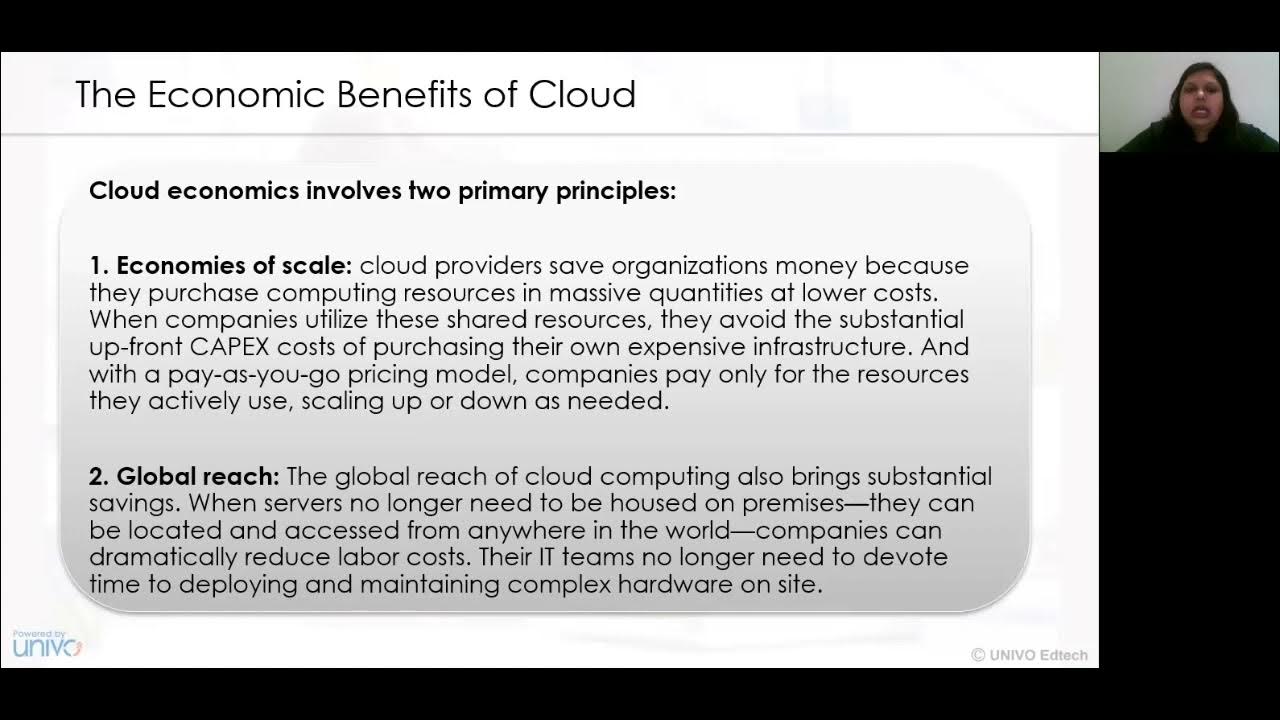IoT levels and Deployment Templates - Level 1 to Level 6
Summary
TLDRThe transcript discusses the complexities and applications of IT systems across various levels, focusing on software platforms, resource management, and cloud computing. It outlines how different service levels, from Level 1 to Level 5, interact with data, control systems, and devices, highlighting key challenges such as connectivity, complexity, and cost. The narrative explores how data is generated, processed, and analyzed through a range of technologies including sensors and cloud systems, with references to system optimization and user engagement via subscription services. The script also emphasizes the role of local and centralized controllers, as well as the importance of accurate data handling and service subscriptions for efficient operations.
Takeaways
- 😀 Various IT system levels, including Level 1 to Level 5, are discussed, each with distinct functionalities and purposes.
- 😀 Level 1 systems focus on low-cost applications with minimal complexity, primarily for local usage and resource management.
- 😀 Level 2 systems introduce more advanced services, connecting multiple resources and offering greater functionality compared to Level 1.
- 😀 Cloud integration and local systems are highlighted, with local applications not always requiring cloud connectivity but offering significant advantages in cost and efficiency.
- 😀 Subscribing to various controller services is a key theme, indicating the importance of resource management and network control.
- 😀 Data generation from diverse devices such as water temperature controllers and IoT sensors is essential for the system's performance and analysis.
- 😀 The script emphasizes the role of low-cost and simple systems in ensuring basic service functionality without significant dependency on cloud-based services.
- 😀 There is a shift in focus towards higher-level solutions (Level 3 and Level 4) that incorporate cloud systems, complex data handling, and broader scalability.
- 😀 A key takeaway is the emphasis on real-time data monitoring and control through centralized platforms, with examples like DRDO and local job monitoring.
- 😀 The importance of subscribing to channels for data analysis and system updates is reiterated, highlighting both the flexibility and efficiency offered by these systems.
Q & A
What is the significance of Level-1 IT systems as discussed in the script?
-Level-1 IT systems are designed for low-cost, low-complexity applications. They are suitable for simpler, localized solutions, with minimal connectivity requirements and a focus on performance for basic functionalities.
How do cloud-based IT systems differ from local systems in the script?
-Cloud-based systems are mentioned in contrast to local systems, highlighting their ability to manage more complex and larger datasets, offering centralized control and scalability. Local systems, however, are focused on more isolated tasks with less data storage requirements.
What is the role of sensor networks in the described application?
-Sensor networks are integral for data collection from various devices, such as water temperature controllers. The script emphasizes the use of wireless sensor networks to gather real-time data, which is then processed for performance analysis and control.
What does the script mention about data testing and verification?
-The script discusses the importance of data verification, especially when transitioning between different system levels. It also highlights the need for accurate data management and verification to ensure system reliability and integrity.
How does the application support communication across different system levels?
-The application facilitates communication by subscribing to various services across different system levels, such as Level-1, Level-2, and Level-3. This ensures seamless data exchange and control between localized and cloud-based services.
What is the role of local artists and community involvement in the system?
-Local artists and community participation are mentioned in the script, possibly suggesting the involvement of individuals in creating localized content or services. The script hints at the broader social and collaborative aspects of the system.
Why is low-cost application important in the context of the script?
-Low-cost applications are important because they allow for widespread implementation, especially in areas with limited resources. The script emphasizes affordable solutions that do not compromise on performance but are suitable for localized or small-scale operations.
How does the system handle data size and complexity in different levels?
-As the system progresses through different levels (Level-1 to Level-3), it accommodates increasing data complexity and size. Level-1 systems deal with smaller datasets, while higher levels manage larger, more intricate data collections and require more advanced processing capabilities.
What are the benefits of subscribing to services as described in the script?
-Subscribing to services allows users to access real-time data and resources efficiently. This process ensures that the application can gather and utilize data from various sources, improving the overall functionality and responsiveness of the system.
How is competition mentioned in the context of the system's design?
-The script briefly references competition, perhaps implying the need for continuous improvement and optimization in system design. The competition could also suggest comparisons between different levels or systems, pushing for better performance and innovation in the technology.
Outlines

Cette section est réservée aux utilisateurs payants. Améliorez votre compte pour accéder à cette section.
Améliorer maintenantMindmap

Cette section est réservée aux utilisateurs payants. Améliorez votre compte pour accéder à cette section.
Améliorer maintenantKeywords

Cette section est réservée aux utilisateurs payants. Améliorez votre compte pour accéder à cette section.
Améliorer maintenantHighlights

Cette section est réservée aux utilisateurs payants. Améliorez votre compte pour accéder à cette section.
Améliorer maintenantTranscripts

Cette section est réservée aux utilisateurs payants. Améliorez votre compte pour accéder à cette section.
Améliorer maintenantVoir Plus de Vidéos Connexes

Overview of IT in Business

Cloud Models - CompTIA A+ 220-1001 - 4.1

Chapter #8 - Cloud IAM Basics | identity & access management on google cloud platform (gcp)

Cloud Economics Cloud Computing infrastructures available for implementing cloud based services

¿Que es cloud computing? Curso Cloud

MATERI LATIHAN SOAL SKB INFRASTRUKTUR TI DAN JAWABAN
5.0 / 5 (0 votes)
